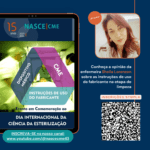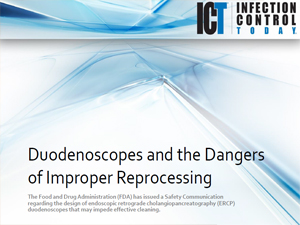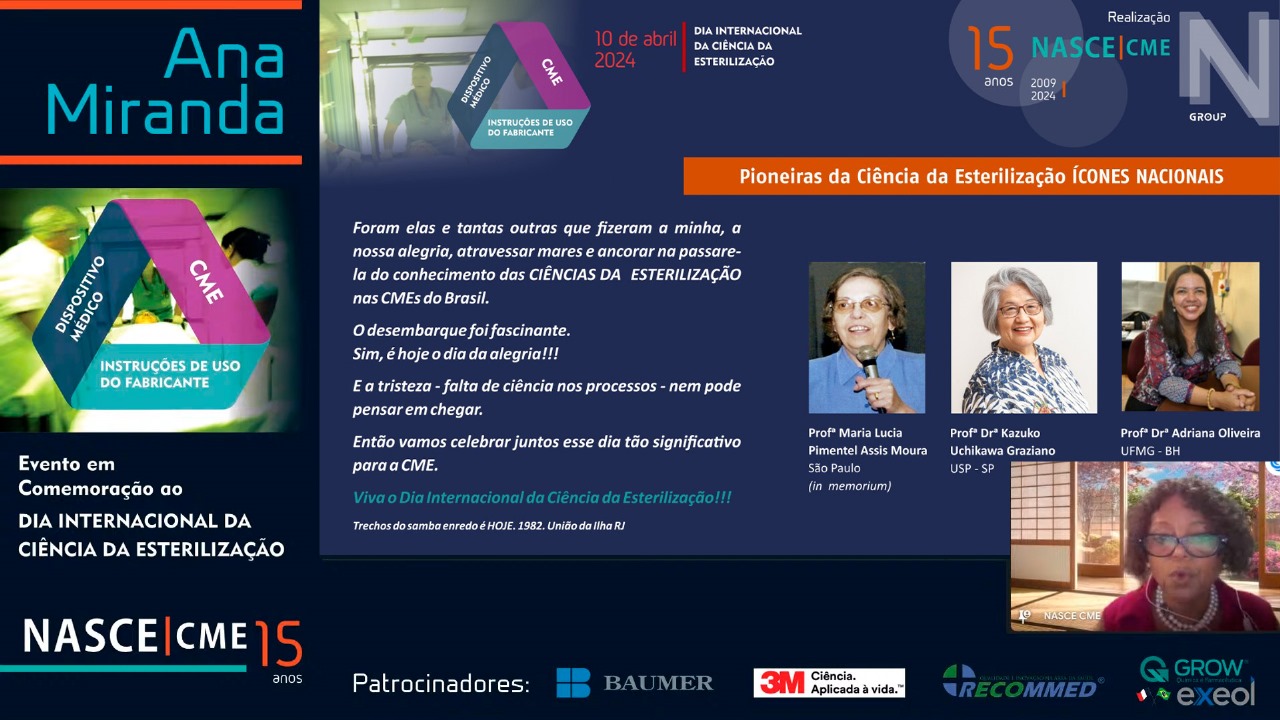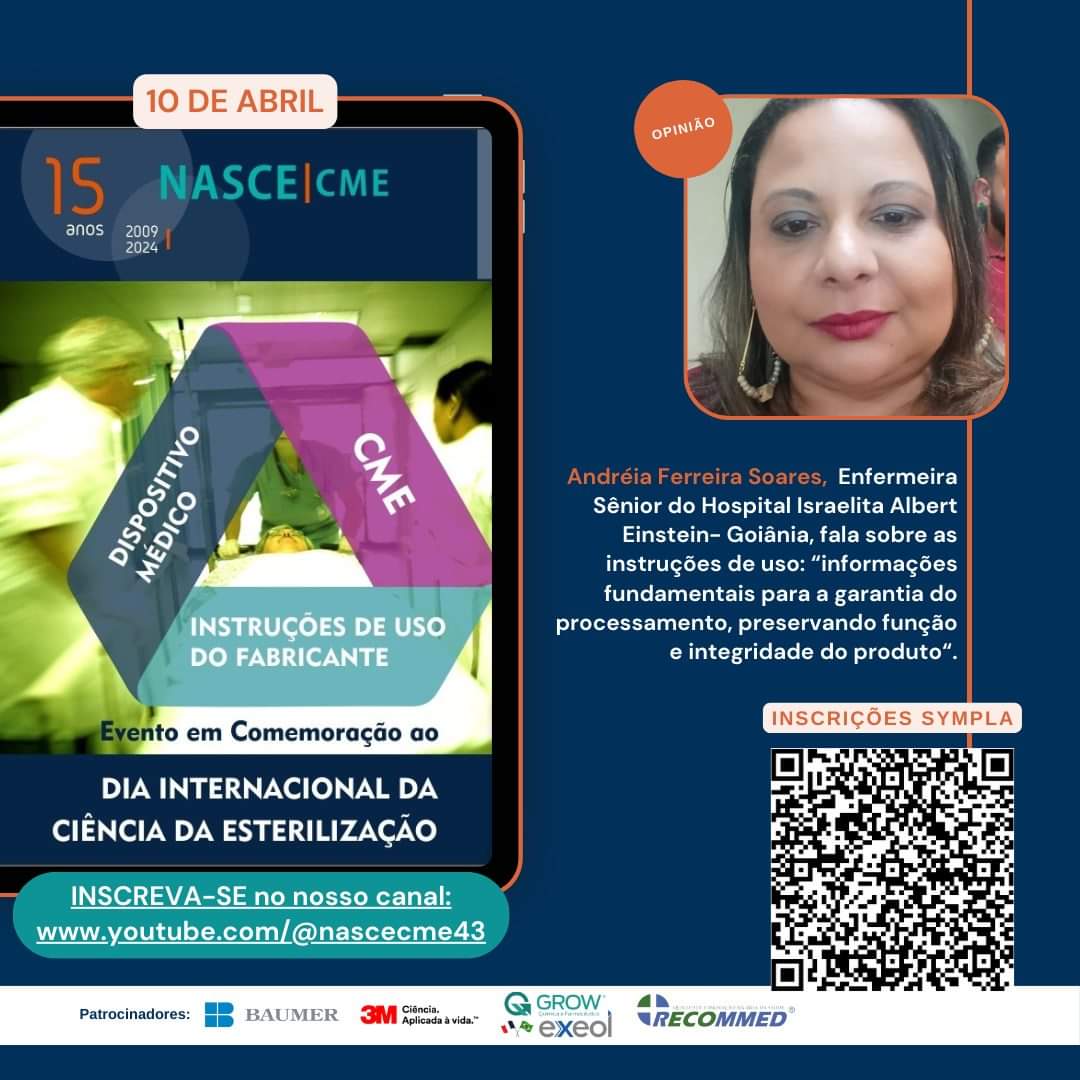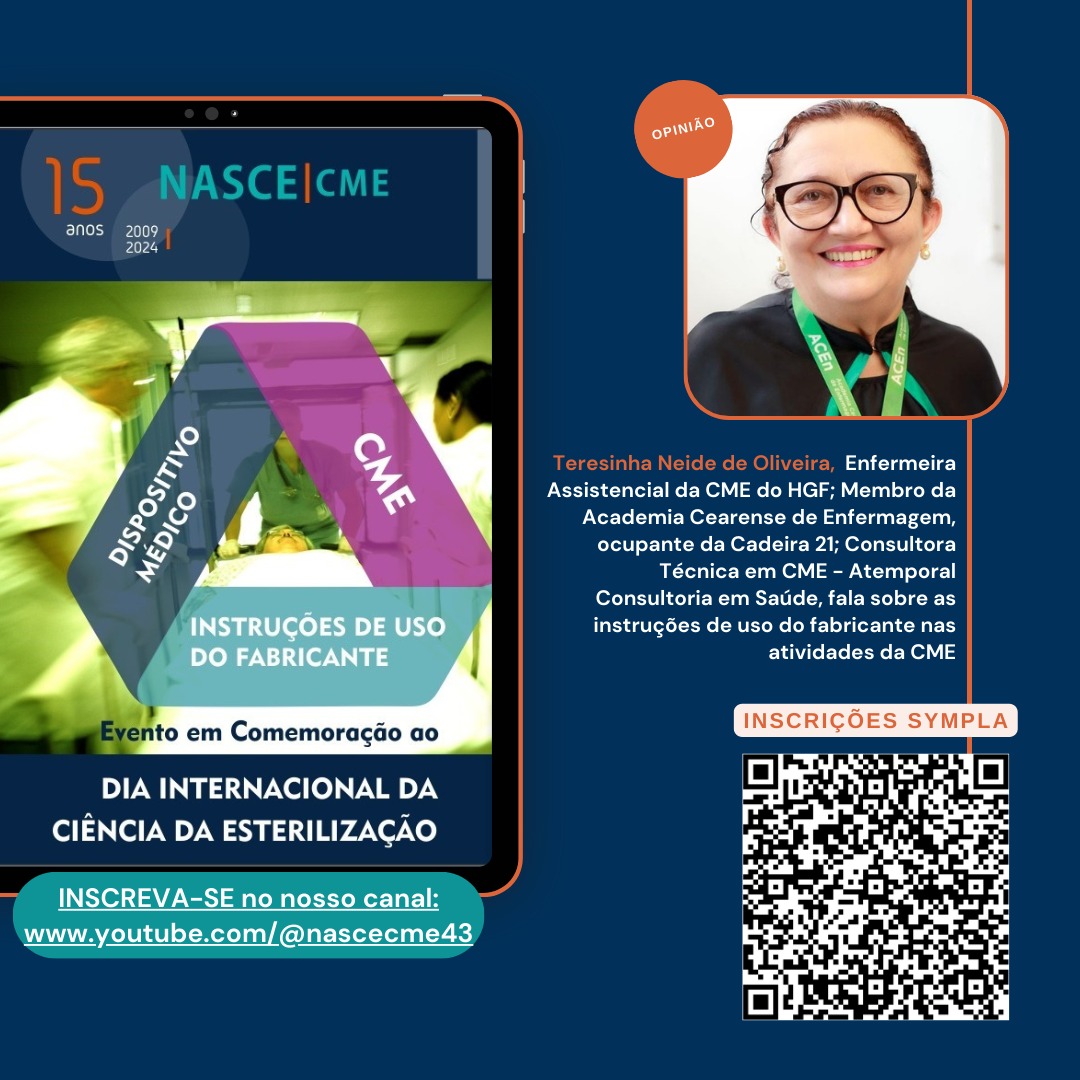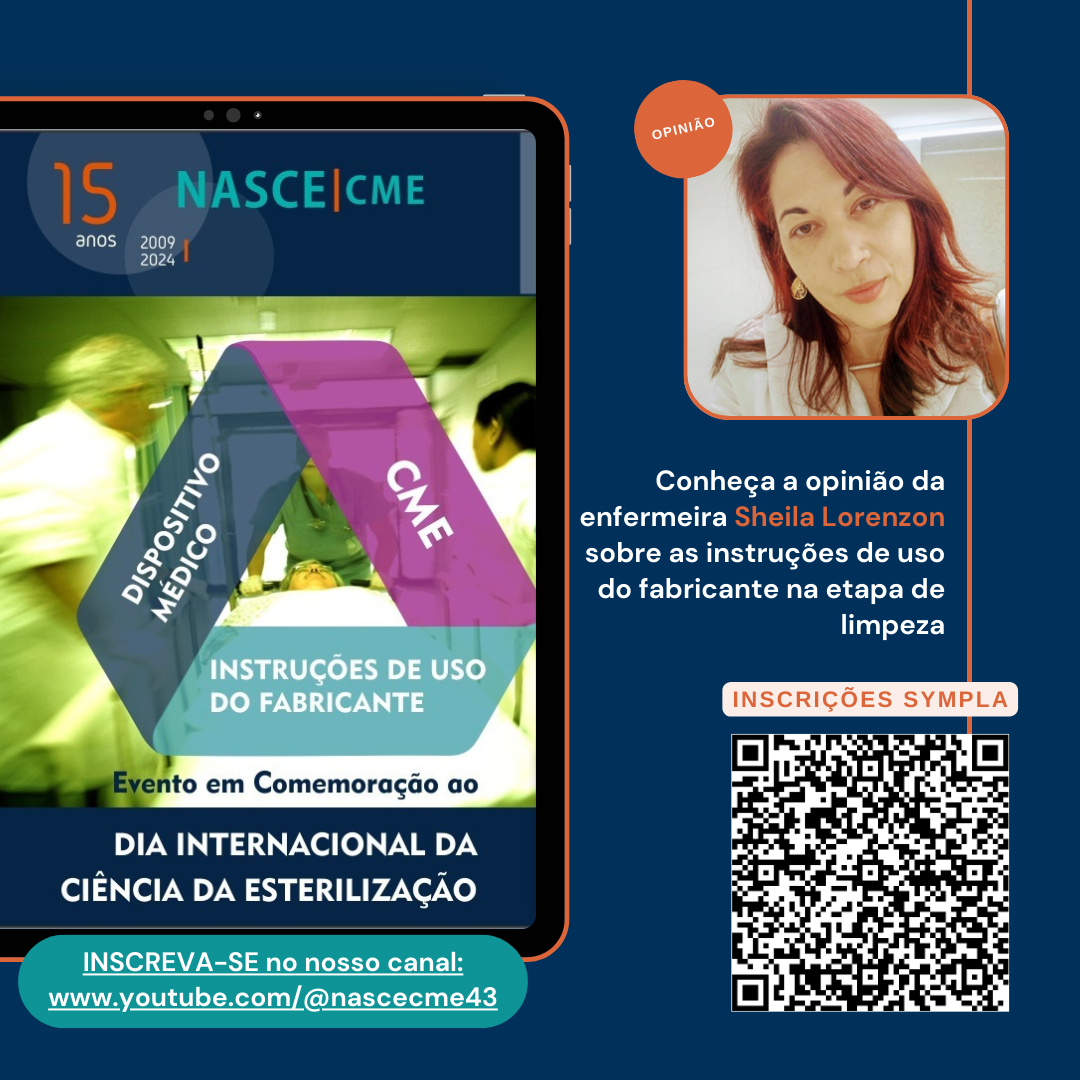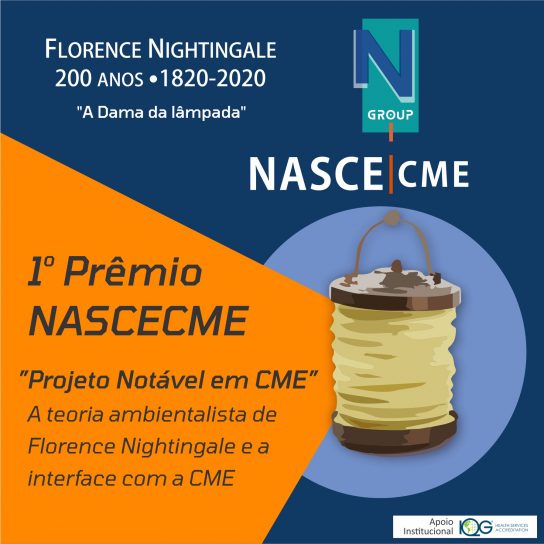You may have heard about recent reports of infections with carbapenem-resistant Enterobacteriaceae (CRE), a highly resistant form of bacteria, linked to endoscopic retrograde cholangiopancreatography (ERCP) procedures. Most recently, Ronald Reagan UCLA Medical Center notified 179 patients who underwent ERCP that they may have been exposed to CRE from contaminated duodenoscopes. As of February 23, a total of seven UCLA patients were infected and two have died.
APIC strives for healthcare without infections. We believe that any number of preventable infections is unacceptable and that every infection should be thoroughly investigated. In addition, the Centers for Disease Control and Prevention (CDC) and the U.S. Food and Drug Administration (FDA) are working together to explore optimal protocols for duodenoscope reprocessing (cleaning and disinfecting before reusing on other patients).
What are duodenoscopes and why are they a focus of this investigation?
Duodenoscopes are flexible, lighted tubes that are threaded through the mouth, throat, and stomach into the top of the small intestine (duodenum); they are used during ERCP procedures (defined below).
Duodenoscopes are more complex than other endoscope instruments, which can make them more difficult to clean and disinfect. The elevator channel in duodenoscopes can allow bacteria to remain after cleaning, even if all recommended procedures are followed.
What are ERCP procedures and how are they different from other endoscopic procedures?
ERCP scope procedures are different from most other endoscopic procedures such as routine colonoscopies.
ERCP procedures involve the upper gastrointestinal (GI) system and allow direct access to the bile or pancreatic ducts to deliver treatment to reopen ducts that have been closed by tumors, gallstones, inflammation, infection, or other conditions.
Are ERCP procedures safe?
It is important for the public to be aware that infections associated with ERCP procedures, while rare, can occur.
For most people, the health benefits of the ERCP procedure greatly outweigh the risks of infection. According to the FDA, there are more than 500,000 ERCP procedures using duodenoscopes in the U.S. each year. From January 2013 through December 2014, ERCP was associated with infections in 135 patients.
It is safer to undergo this hi-tech diagnostic procedure, which allows less invasive access through the mouth and throat and into the top of the small intestine, than to have a surgical procedure as was previously required.
What can I do to stay safe if I need an ERCP procedure?
Discuss the benefits and risks of procedures using duodenoscopes with your physician. For most patients, the benefits of ERCP will outweigh the risks of infection. ERCP often treats life-threatening conditions that can lead to serious health consequences if not addressed.
Ask your doctor what to expect following the procedure and when to seek medical attention. Following ERCP, many patients may experience mild symptoms such as a sore throat or mild abdominal discomfort. Call your doctor if, following your procedure, you have a fever or chills, or other symptoms (e.g., chest pain, severe abdominal pain, trouble swallowing or breathing, nausea and vomiting, or black or tarry stools) that may be a sign of a more serious problem.
Tell your doctor if you have been hospitalized in another facility or country.
Take antibiotics only as prescribed. Misuse and overuse of antibiotics can lead to the development of antibiotic resistance.
Insist that everyone (e.g., doctors, nurses, other healthcare providers, visitors) wash their hands before touching you. Wash your hands as well, especially after going to the bathroom; before and after coming into contact with a wound, dressing/bandage, or medical device; after blowing your nose, coughing, or sneezing; and before eating.
Infection preventionists can also take specific steps to keep you safe.
Who are infection preventionists (IPs) and how can they help keep me safe?
IPs partner with your healthcare team to make sure everyone is doing the right things to keep you safe from healthcare-associated infections. They are experts at tracking down the sources of infection and limiting their spread. Your safety is their #1 priority.
APIC and SHEA Issue Statement on Infections Associated with Duodenoscope Procedures
In light of recent reports of infections with carbapenem-resistant Enterobacteriaceae (CRE), a highly resistant form of bacteria, linked to endoscopic retrograde cholangiopancreatography (ERCP) procedures, the Association for Professionals in Infection Control and Epidemiology (APIC) and the Society for Healthcare Epidemiology of America (SHEA) issued the following statement:
APIC and SHEA are concerned about recent reports of carbapenem-resistant Enterobacteriaceae (CRE) infections related to endoscopic retrograde cholangiopancreatography (ERCP) duodenoscopes. Most recently, the Ronald Reagan UCLA Medical Center notified 179 patients who underwent ERCP that they may have been exposed to CRE from contaminated duodenoscopes. As of Feb. 24, a total of seven UCLA patients were infected and two have died.
APIC and SHEA strive for healthcare without infections. We believe that any number of preventable infections is unacceptable and that every infection should be thoroughly investigated. The Centers for Disease Control and Prevention (CDC) and the U.S. Food and Drug Administration (FDA) are working together to explore optimal protocols for duodenoscope reprocessing (cleaning and disinfecting/sterilizing before reusing on other patients). Read frequently asked questions for consumers. Because duodenoscopes are more complex than other endoscope instruments, it requires meticulous attention to detail and step-by-step precision to render them safe for re-use.
Infection preventionists (IPs) and healthcare epidemiologists (HEs) are experts in tracking down the sources of infection and limiting their spread in healthcare facilities and can play a significant role in the endoscopy department’s quality improvement program as it relates to scope processing. After observing the cleaning and disinfecting processes and asking questions so that each step of the process is understood, the IP or HE may visit the department regularly to observe scope cleaning practices and reinforce the importance of the work being done.
The IP or HE will evaluate human factors, including ensuring that the cleaning area is set up with a bright light and magnification so all sections of the scope being cleaned can be well visualized. Other factors that could negatively impact the cleaning process include distractions, interruptions in the process, or demands for rapid scope turn-around.
Some departments with many patients coming in and out for these procedures may pressure staff to turn scopes around quickly. IPs and HEs must lend their support to conscientious endoscopy staff who understand the importance of taking the time needed to do a thorough job. IPs and HEs must help promote a culture in which healthcare workers are empowered to speak up if they believe there is an issue that could impact patient safety.
Confira o PDF completo, clicando aqui



